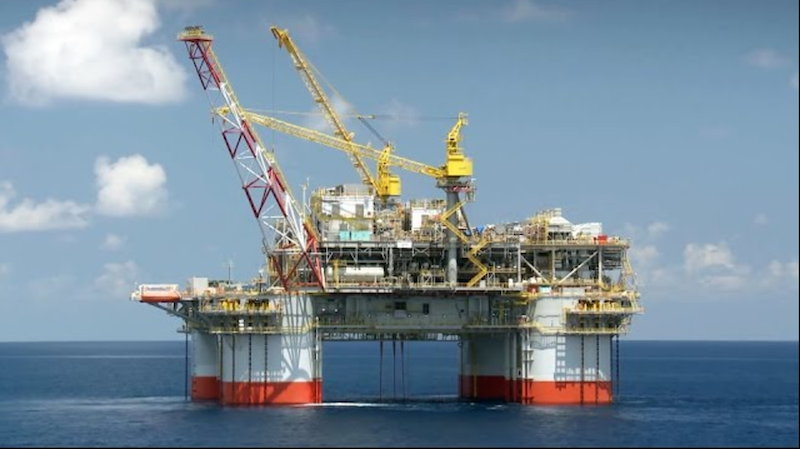Last week, the Baker Hughes rig count increased two rigs in deepwater and one in inland shallow waters that helped the overall U.S. Gulf rig count grow by two.
With 21 offshore rigs now working in the Gulf of Mexico, the industry continues to struggle. The offshore rig count remains four rigs below its most recent peak of 25 in November. Expectations are that offshore activity will continue to increase in 2019, based on comments about spending and planned projects by several of the major oil companies.
A manager with a Louisiana oilfield rental and service company commented last week at the Association of Energy Service Companies annual winter meeting that the service industry is hoping for activity to match 2018 levels. If that occurs, it will be a significant disappointment to the service industry, as well as investors, that are expecting more offshore work this year. The speaker discussed ongoing layoffs in the Louisiana oilfield service industry as a harbinger of this disappointing outlook.
But before eliminating any chance for offshore improvement this year, it is important to understand that much about the outlook is unknown because oil companies are still uncomfortable with where oil and gas prices may land in the second half of 2019, let alone in 2020. Commodity price estimates are what will drive oil company spending, and where that money will be directed. Price uncertainty is making oil company execs cautious about their spending plans.
A recent interview with Mike Wirth, CEO of Chevron, pointed to the problems confronting oil companies. When asked about two deepwater projects Chevron abandoned last year, Wirth said, “We won’t fund everything.” That means projects need to be not only economic in today’s oil price environment, but they must also meet the company’s overall plan to sustain its production. For that reason, Wirth indicated that the bulk of Chevron’s capital this year will be directed to its huge 2.2-million-acre spread in the Permian Basin of West Texas and New Mexico. Output from this region is cheap, it lies in a particularly friendly regulatory region, it affords high growth rates, has low technical risk, and provides Chevron with the flexibility to raise and lower output depending on crude oil prices.
This onshore strategy provides Chevron with the prospect that two-thirds of its capital spending this year will be generating cash flow returns within two years. That cannot be said for spending offshore. The reserves associated with offshore discoveries and the well flow-rates are much greater than Permian wells. Wirth’s comments highlight the capital spending balancing act the major oil companies will be engaged in this year, and most likely for years into the future between offshore and onshore shale plays.
The shale revolution has become the most significant disrupter for the global oil and gas industry since the rotary drill bit debuted in 1908.




